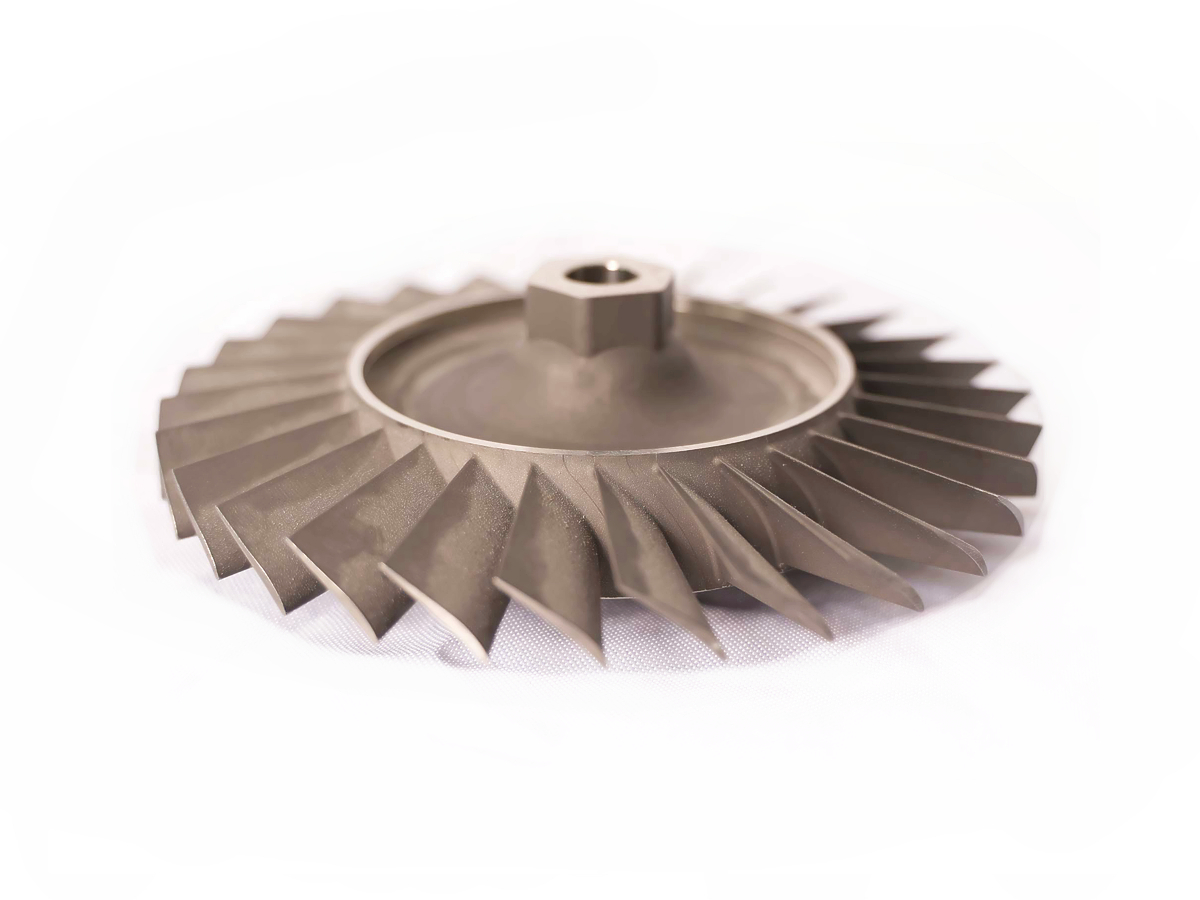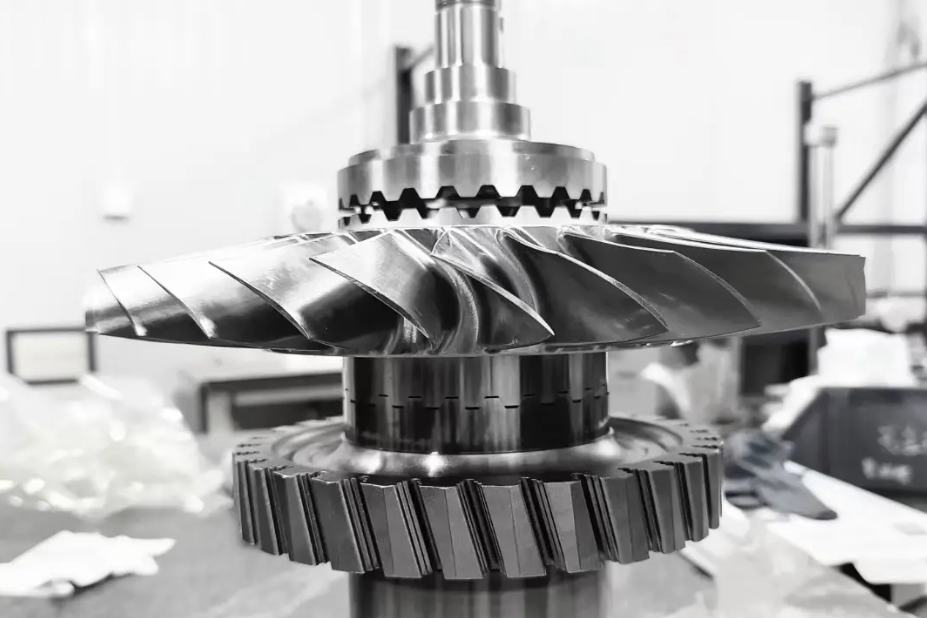How should machining vibration be handled when it occurs?
Machining vibration, or chatter, is a self-excited oscillation between the tool and workpiece that compromises surface finish, dimensional accuracy, tool life, and can even damage the machine tool. Handling it requires a systematic approach to identify the source and implement corrective actions that increase the dynamic stiffness of the entire system.
Immediate Investigation and Source Identification
The first step is to diagnose the type of chatter. Forced vibration is caused by an external periodic force, such as an unbalanced toolholder, worn spindle bearings, or an intermittent cut. Self-excited chatter is more common and results from the interaction of the cutting process with the structural dynamics of the machine-tool-workpiece system; it occurs when the chip thickness modulation caused by vibration leads to a feedback loop that reinforces the oscillation.
Begin with the most accessible components. Check and tighten all clamping and fixturing—this includes the workpiece, vise, pallets, and the tool within the holder. A workpiece with insufficient support will act like a drumhead, vibrating readily. For thin-walled or complex components, consider using specialized fixturing like vacuum chucks or low-melting-point fusible alloys to provide full backing support. In our one stop service, we often design custom fixtures for challenging parts to ensure maximum rigidity from the first step of prototyping through to production.
Corrective Actions: Parameter and Toolpath Adjustments
Often, the quickest fix is to adjust cutting parameters. The most effective change is to alter the spindle speed. Chatter occurs at specific resonant frequencies; a significant speed change (either up or down) can move the process out of this unstable zone. If possible, use the machine's programmed "spindle speed variation" function to constantly modulate the speed and break the harmonic cycle.
Modifying the feed rate and depth of cut is also critical. A reduced radial depth of cut (step-over) is frequently more effective at suppressing chatter than reducing the axial depth. This minimizes the tool engagement angle, reducing the cutting forces that excite vibration. Conversely, sometimes a slightly increased feed rate can help by creating a thicker chip that provides more damping. For complex parts machined using multi-axis machining service, employing trochoidal or dynamic toolpaths that maintain a constant tool engagement can virtually eliminate chatter by avoiding high-engagement corners.
Tooling and Toolholder Strategies
Tool selection is paramount. To maximize rigidity, always use the shortest possible tool extension and the largest possible tool diameter. The toolholder connection is critical; heat shrink holders and hydraulic holders offer superior gripping force and damping characteristics compared to standard collet chucks. For particularly problematic cases, damped toolholders are engineered with internal mass-spring systems that counteract vibration at specific frequencies.
Choose a tool with an uneven flute spacing or a variable helix angle. This design disrupts the harmonic feedback loop by ensuring subsequent cutting edges engage the material at slightly different times, preventing the steady buildup of vibrational energy. This is a standard practice in our CNC milling service for challenging materials like titanium or Inconel, where chatter is a major concern.
Addressing Workpiece and Machine Rigidity
If vibration persists, the issue may lie with the workpiece material or the machine itself. For long, slender features, adding sacrificial supports that are machined away in the final operation can provide critical interim rigidity. Ensuring effective coolant application is also key, as a high-pressure coolant system can help break up chips that might otherwise get recut and excite vibration.
Finally, if the machine tool has worn spindle bearings or insufficient structural mass, the options are limited. In such cases, the only recourse may be to further reduce parameters or, if part quality is non-negotiable as in many precision machining service applications, to move the operation to a more rigid machine platform. The induced stresses from chatter can also compromise a part's longevity, sometimes necessitating a subsequent heat treatment for CNC machining to relieve stresses, or requiring a robust PVD coating to protect a surface that may have been micro-fractured by vibration.



